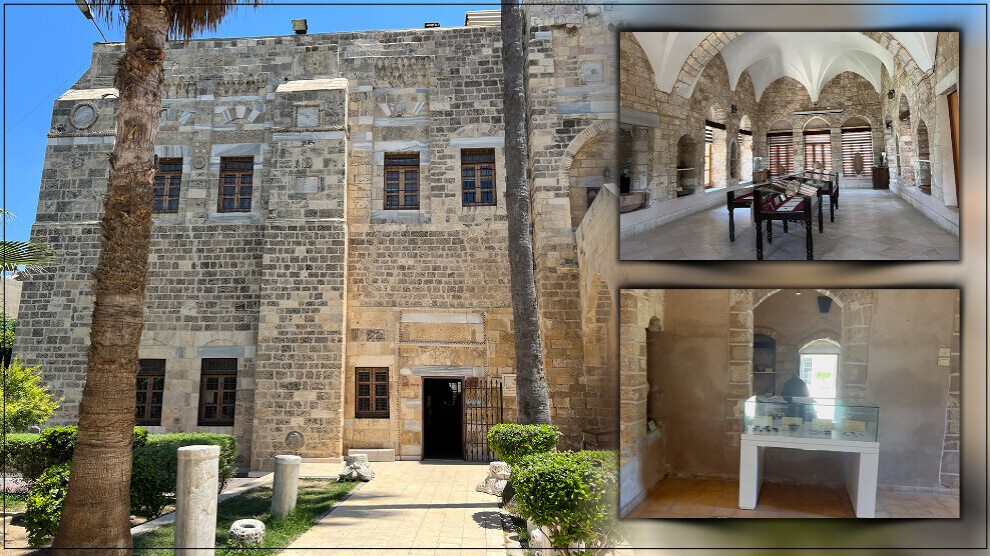Qasr al-Basha brings together many civilizations
Qasr al-Basha Palace, having a historical and strategic location in the Gaza Strip, brings together many civilizations.

RAFIF ESLEEM
Gaza - The ancient Qasr al-Basha Palace, built in Gaza during the Mamluk period, still preserves the most important features of Islamic architecture. Spreading over 60 hectares, the palace is still standing firm today. It served as a seat of power in the Mamluk and Ottoman periods, as a police station under the British Mandate and a girls’ school. It was turned into a museum that brings together many civilizations.
It was used as a police station
The history researcher and archeologist Nariman Khalah told us that the history of the palace dates back to the end of the Mamluk period, 750 years ago. During the British Mandate of Palestine period, the palace was used as a police station. Stating that there were a mosque, bath, and a market near the palace serving the sultan, she said:
“The architectural building reflects the philosophy and character of Islamic architecture. The palace has a large garden, a number of arches and domes. Archaeological artifacts are exhibited in the museum section of the palace. During the British Mandate of Palestine period, the palace was used as a police station to serve as a prison. The British Mandate deliberately bombed all the ancient buildings and homes in the Old City at that time so that Palestine would not have a cultural heritage. Despite that, many archaeological buildings have survived.”
Women’s jewelry have been displayed in the museum
Nariman Khalah told us the names used for the palace. The name of the palace was the “Palace of the Representative” in the Mamluk period and the “Radwan Castle” during the rule of the Radwan dynasty. The palace is also known as “Napoleon's Fort” because several rumors said that Napoleon Bonaparte spent three nights at the palace during his campaign that ended at Acre in 1799. “But no one has the right to name the palace after Napoleon Bonaparte, especially since he was just a visitor among many visitors and leaders who stayed in the palace for several days and then left,” Nariman Khalah said.
During the United Arab Republican rule of Gaza, Qasr al-Basha was turned into a school known as the Princess Ferial School for Girls. After Farouk I of Egypt was deposed in Cairo, the school was renamed to al-Zahra Secondary School for Girls. The palace was used as a girls’ school until 2000 until the Palestinian Authority Department of Antiquities and Cultural Heritage listed it as an archaeological structure. The palace was restored in 2005 and turned into a museum in 2010. Some ancient items, including women's jewelry made of precious stones from the Roman and Byzantine periods, have been displayed in the museum.
